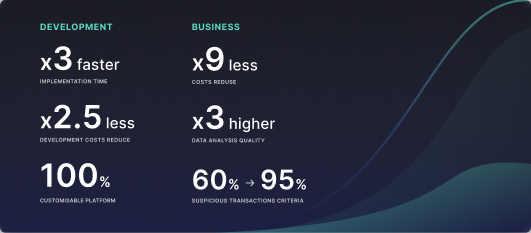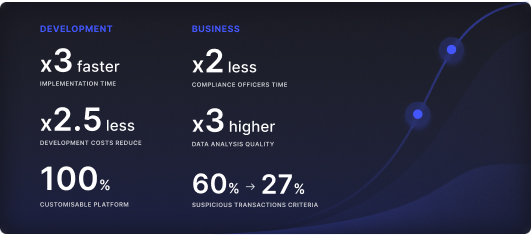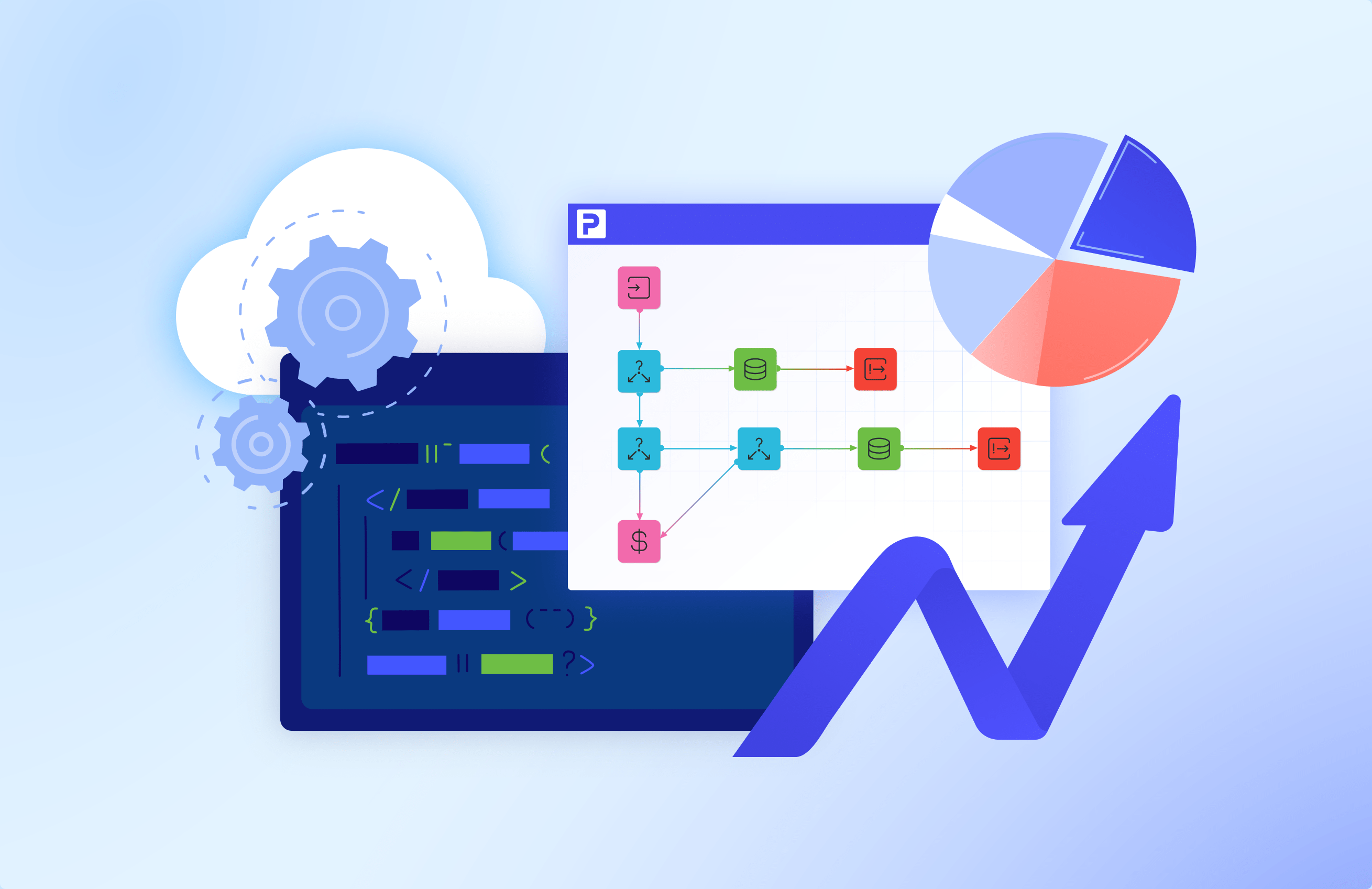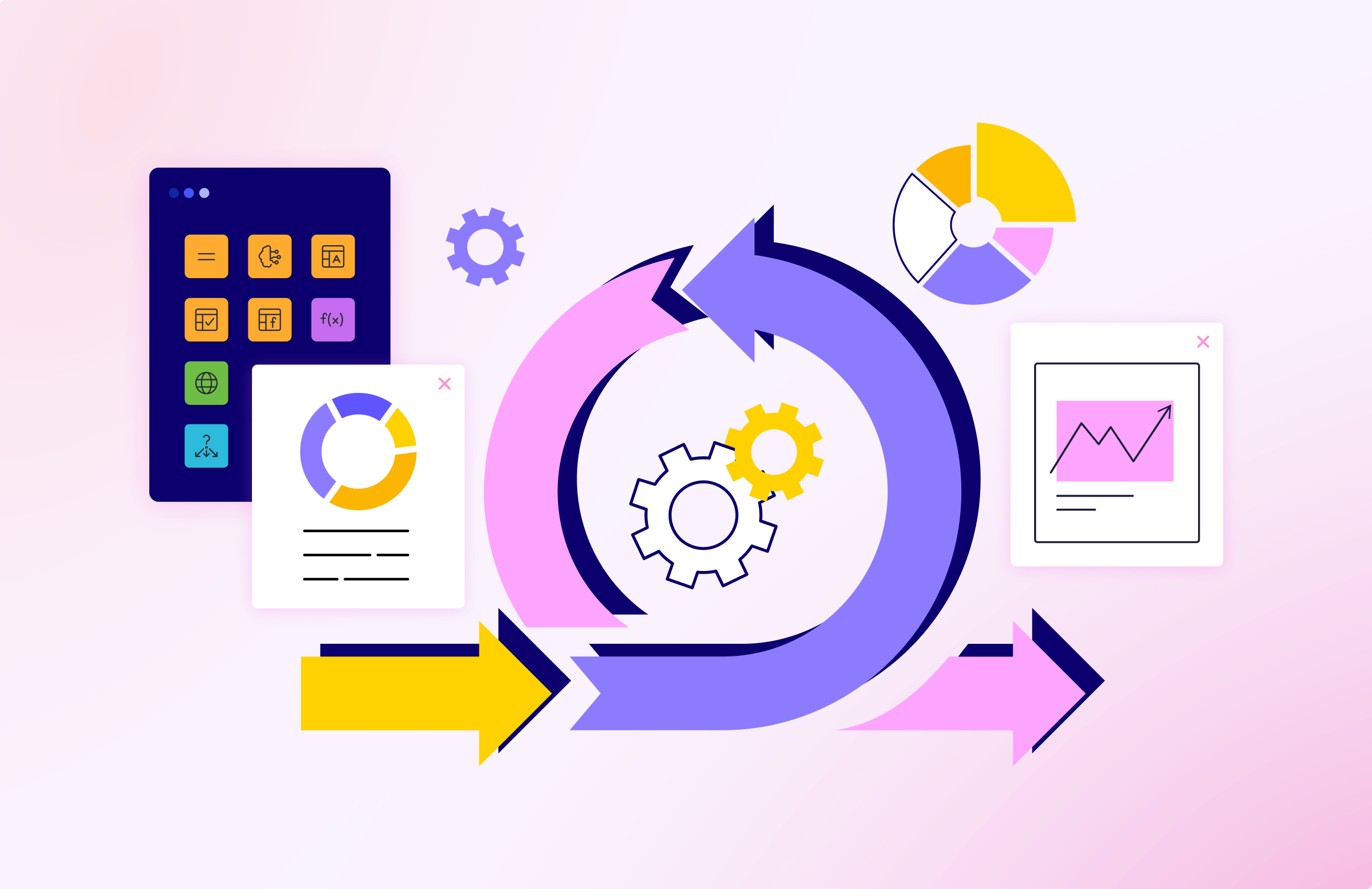How to Automate Loan Origination Process with Low-code


In the recent five years, we have seen an unprecedented spike in the FinTech domain. More and more financial organizations are establishing a presence online and strive to provide as many services as possible digitally. According to MarketResearch, the BaaS (Banking-as-a-Service) market size will reach a whopping $2.3 billion by 2028, indicating growth is showing no signs of slowing.

At the same time, to provide banking services online effectively, financial organizations need to digitize and automate multiple processes related to loan origination, risk management, client profiling, and integration. Any of these processes demands special software that can be either a commercial off the shelf product or a custom-developed solution (COTS). COTS software usually lacks customization capacity, while custom development demands long development and large budgets. But today, banks have the third option that allows them to create custom applications quickly with much less expense—low-code platforms. In this article, you will learn how low-code platforms help banks and lending organizations automate loan origination processes.
How loan origination automation works
Before starting to automate loan origination with low code, you should understand the stages of the loan origination process. Let’s review them in consecutive order.
- Borrower pre-qualification
The first step is borrower data collection. A bank or bank’s loan origination automated system gets the application form from a potential client. In the application, the client specifies their personal data and the amount of money they are seeking.
- Application
If banks decide to proceed with the client, it will then ask to fill in a more detailed application form. In addition to some personal data, a borrower gives information on the level of income, property, and credit history.
- Evaluation
Having acquired the detailed info, the bank analyzes the borrower’s creditworthiness. A bank may also involve 3rd party sources to get the additional data or confirm the information from the application form. The process involves a borrower’s scoring system which is based on the financial organization strategy.
- Approval
Then, following rules based on predefined criteria, the bank makes the final decision on the loan. After the final decision, the bank prepares the offer that contains the loan amount, payment period, and interest rate.
- Loan granting
If the borrower and a lender agree on the loan terms, the borrower gets the deposit in their bank account. It also can be transferred onto a card or to a digital wallet, depending on the terms.
Low-code for loan origination automation
Loan origination automation systems work with these five steps, automating the operations as much as possible. The traditional high-code development of such tools can take a long month of coding, testing, and integration. Instead, low-code platforms for loan origination automation tools development came up with a faster and more cost-effective approach.
Low code allows users to build applications to automate loan origination easier. Low-code platforms for loan origination include out-of-box functionalities, pre-made rules for credit decision-making, integrations, and all the necessary deployment options. In addition, low-code platforms employ AI/ML and RPA (Robotic Process Automation) technologies that improve the decision-making quality and enhance the speed of automated processes.
Low-code platforms for credit decision-making use different types of functionalities and rules that allow to:
- Extract the loan application data from a bank’s database
- Automatically qualify it for the next stages of the loan origination process
- Call for additional data on a borrower from 3rd party services
- Evaluate this data against the rules, customized to make strategic loan granting decisions
- Calculate and define the credit terms in line with the bank’s strategy
- Send the decisions and terms to the core banking system where Sales Department employees can proceed with further actions.
Benefits of low-code loan origination automation
The benefits of low-code platforms for loan origination revolve around the speed of development, customization, cost-effectiveness, and ease of use. Banks that turned to low-code loan origination automation, report the following positive sides of the approach.
Fast time-to-market
Low-code platforms are filled with functionalities that make the development fast and easy. Visual development with drag-and-drop functionalities, pre-made components, automated testing/debugging, easy integrations, and instant cloud deployment are the features that reduce automation tools for loan origination delivery time by several times. At the same time, many low-code platforms are embedded with IDE (Integrated Development Environment) that facilitates collaboration between developers and business development experts.
Fully customizable rules
With low-code platforms, banking organizations can customize their credit decision-making rules as much as they require. The process may require the input of a professional developer if the customization is complex.
Reusable components
Once a bank creates a custom component or functionality, it can then use these components within a platform to scale up the loan origination solution. It facilitates app maintenance and saves thousands of dollars in the long run.
IT department independency
Intuitive interface and visual development approach, low-code platforms are available for citizen developers and domain experts. With a functional banking low-code platform, lenders can delegate up to 95% of IT operations to department employees and reduce IT department spending.
Vast integration capacity
Low-code platforms offer a large number of integrations for the services that are necessary to automate loan origination effectively. The connection to the databases, APIs, and 3 parties is easy to establish in a few minutes.
How to choose the right platform for loan automation app development
In terms of software development, lending automation processes have to do with the back-end part of an application. It means that all the low-code platforms that focus only on the front-end do not have the necessary functionality for banking automation tools development. So it’s best to look for platforms tailored to back-end development.
From this point, you can narrow the range to the low-code platforms that were developed with FinTech development needs in mind. Such platforms have more pre-made components that serve different banking demands specifically which can reduce manual coding for customization. Apart from that, low-code platforms for banking tools development provide more crucial integrations to other payment services, data sources, and other 3rd parties you may need to leverage to enhance credit origination automation processes.
Consider the success stories of the platform and the size of organizations that used a banking low-code platform before. If it served only SMBs (small-middle sized businesses), it could be a risky decision to leverage it for enterprise-level loan decision-making automation solutions. So, choose from the low-code platforms that brought real value to the banks and lending organizations with similar requirements.
ProcessMIX for loan decision-making automation
You can start your search for a suitable low-code solution with ProcessMIX. Try the platform for free to see how it works for your credit decision-making automation demands.
ProcessMIX is a back-end low-code development platform that allows banking organizations to develop automation tools for risk management, transaction processing, and credit decision-making. It includes multiple functionalities for loan origination automation including customizable rules, integrations, AI/ML-powered fraud detection or data analytics, embedded testing/debugging tool, and instant deployment in the AWS cloud.
The platform successfully served SMBs and enterprises in their process automation. ProcessMIX’s success stories show the real value it brought international banks and other lending organizations in action.
 Visual Development
Visual Development Assignment of risk level and customer category within KYC processes at customer onboarding
Assignment of risk level and customer category within KYC processes at customer onboarding Cross-Sell Offer Calculation for the 12M Client Base
Cross-Sell Offer Calculation for the 12M Client Base


